What Is Dropshipping?
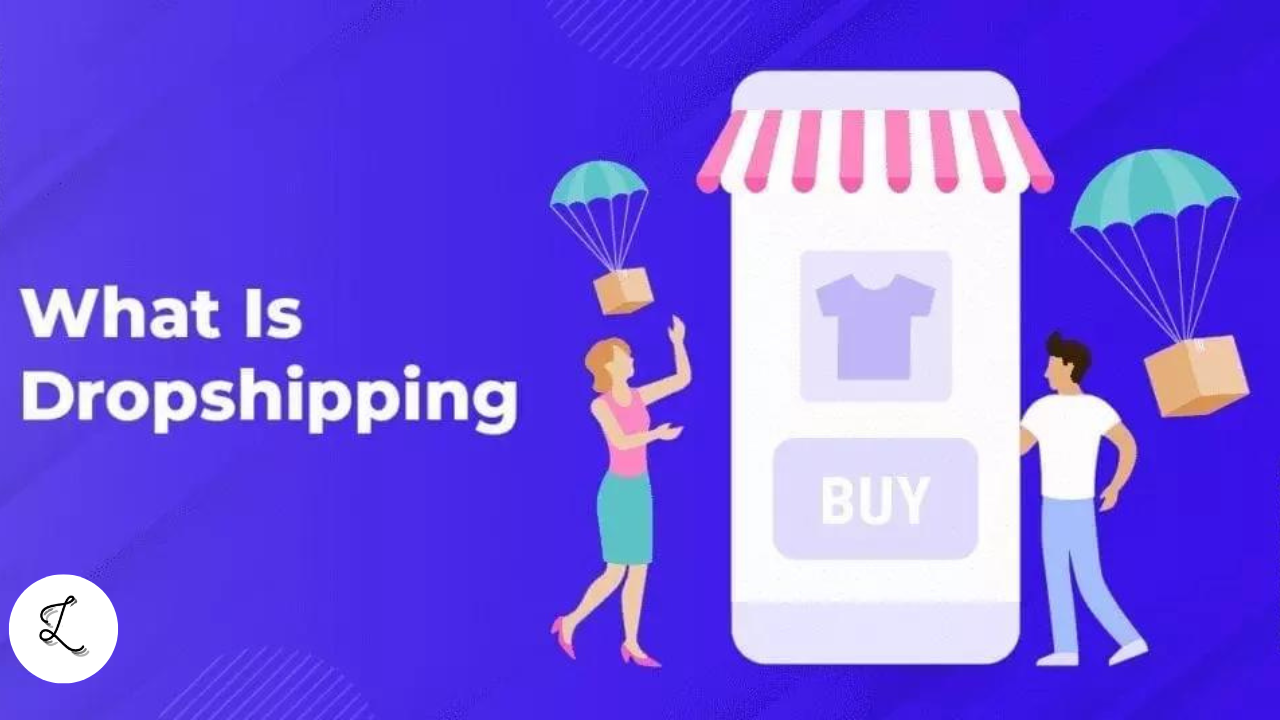
When starting to sell products online, there are many options readily available to you. For example, you can sell your own products, or you can sell someone else’s products. In order to get the products you sell to your customers, dropshipping is a way to do so.
When you fulfill orders through dropshipping, you’re responsible for selling products on your website and then the fulfillment companies will handle the rest for you once you complete the sale.
After the customer visits your website and places their order, the manufacturer then packs the products and ships them directly to the customer.
Sound like a good option for you? If so, you’re going to want to learn more. And you don’t want to start contacting dropshippers right away. Read all about dropshipping first to make sure this selling method is right for you.
With our Dropshipping 101 article, you’ll learn everything you need to know about dropshipping and how it works. After you hear about the finer details, you can decide if dropshipping is right for you or if you should consider other ecommerce sales options.
What Does Dropshipping Mean?
Dropshipping is an order fulfillment method where a business doesn’t keep the products it sells in stock. Instead, the seller purchases inventory as needed from a third party—usually a wholesaler or manufacturer—to fulfill orders.
The biggest difference between dropshipping and the standard retail model is that the selling merchant doesn’t stock or own inventory—they act as the middleman.
When you sell under a dropshipping retail model, all you have to do is sell the items on your website and the dropshipping company or manufacturer will take care of everything else. It’s that simple!
Dropshipping Cons
As with any business method, there are going to be pros and cons with dropshipping. Let’s start with the cons first.
Low profit margins
With dropshipping, low profit margins are inevitable. Let’s face it. You’re having someone else do much of the work for you, so it’s easy to see how your profits may not be as large as with other types of business models, such as private label manufacturing, a topic that will be discussed later.
On the bright side, you can charge the price you want for products sold on your website. Therefore, you decide what your profit is for each product.
Highly competitive and easily duplicated
You should also know that companies that use a dropshipping model are a dime a dozen. This method is one of the more straightforward sales methods to use, so it stands to reason many different ecommerce website owners would choose this route, too. And because selling online through dropshipping is easy to do, it’s duplicated by other online stores as well.
However, if you choose the right product niche and unique products, you can make your ecommerce store stand out from the competition.
Lack of Shipping Control
If you choose to sell products through a dropshipping method, know that you won’t have any control over shipping. With this in mind, you have to trust the dropshipping company to do the job and do it right. Because if they don’t offer efficient shipping services, you could have late shipments or lost packages, which could mean losing a customer’s future business. Quick and efficient shipping is a must-have item for most online shoppers, so make sure your dropshipping company excels at this.
Potential Legal Liability Issues
If you hire a dropshipping company to handle storage, packing, and shipping for you, potential legal liability issues can occur during any step in the process. And you wouldn’t know about it until it was too late. When you handle these business tasks, you can keep an eye on the shop and make sure legal liability issues are less likely to occur.
Hard To Build A Brand
Dropshipping provides a way to divide up your tasks as a business owner and have others handle specific jobs for you. This process can make it challenging to build a brand, especially when the products are being manufactured and distributed by others. If you’re eager to build a strong brand name, dropshipping might not be the right sales model for you. On the flip side, if your primary goal is to sell products and make money, dropshipping deserves a closer look.
Dropshipping Pros
Okay, so we’ve covered ways in which dropshipping may be lacking as a business model. Now let’s focus on the shining points that make dropshipping a practical business method to choose.
Beginner Friendly
There are many moving parts to running an ecommerce business. So, if you want to ease into selling online, dropshipping can alleviate some of the pressures and duties that go along with operating an online store.
With the beginner-friendly aspects of dropshipping, such as only having to set up and monitor your website, you can see why businesses choose this sales method, especially newbies.
Low Investment
When you start a general online business, you should know that a lot of money often goes into getting it up and running. With such a significant investment, you want to alleviate costs wherever possible. Dropshipping can reduce some of the high costs that go into ecommerce selling. For example, you won’t have to pay for renting out warehouse space, you won’t experience high shipping costs, and you don’t have to hire people to work in your company warehouse.
With dropshipping, you will have to pay for a few things up front, such as operating your ecommerce platform and dropshipping app. However, when you compare it with what it would cost if you did everything on your own, the cost difference is easily noticeable.
Location Independent
When you operate an ecommerce website with a dropshipping process in place, your business can be located anywhere. You don’t have to base your business next to your warehouse or only sell to customers in specific locations. You can have location independence and sell wherever you like since someone else will be handling the storage, packing, shipping, and other duties for you. This location independence is high in demand these days and you can acquire it with dropshipping.
Great for Trending Products
Dropshipping is also an excellent method to choose if you want to sell trending, high-ticket products. These items are high in demand and high in supply as well. You can rest easy knowing that the manufacturer you work with can supply these items, and customers will want to buy them, too. The more popular an item is, the more profit you’ll make by selling it.
Quicker to Test and Scale
With dropshipping, you can quickly test out new products, and scale your inventory based on the results. Since you don’t want to sell something that nobody wants, test out the products and react accordingly. If you test out selling a type of product and find out it doesn’t sell, no problem. You can take the item off your website, and try something else the manufacturer offers.
How Dropshipping Works
Now that you’ve uncovered the pros and cons of dropshipping, do you think this ecommerce sales method might be right for you? If so, now’s the time to learn more. Here’s how dropshipping works:
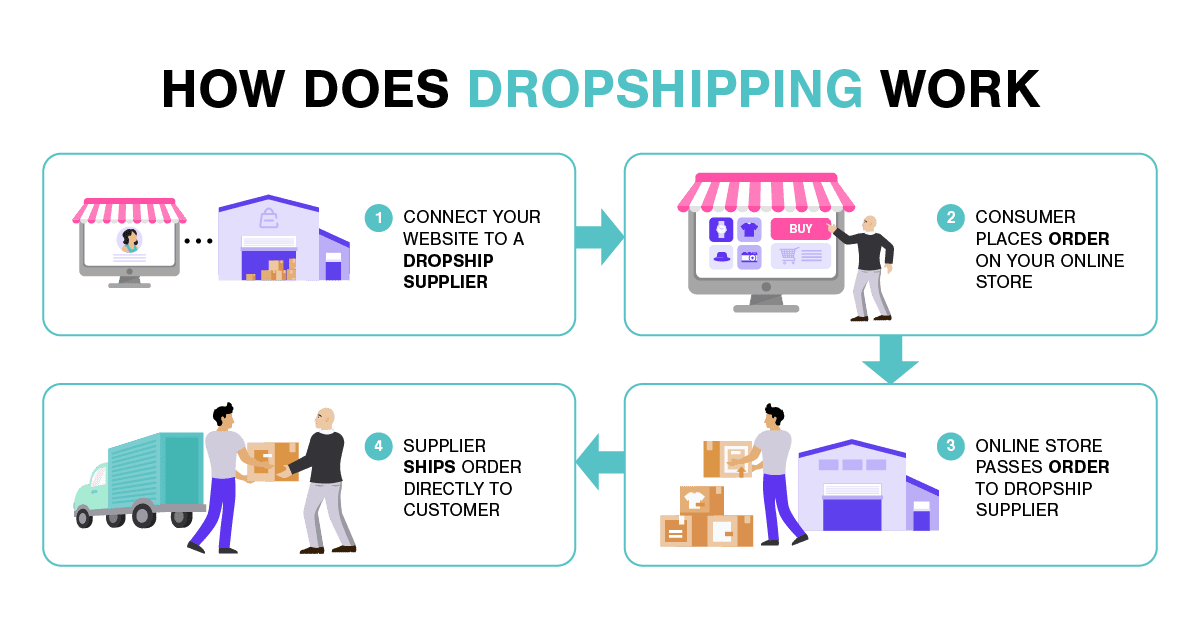
Once your ecommerce website is set up with products listed on it, the site is ready for customers to visit your online store and start buying. When a customer buys a product, your site will automatically send the order to your drop shipper, or you’ll manually do it on your own.
The dropship company receives the order, packages it up, and ships it directly to the customer under the retailer’s name.
With their purchased package in hand, the customer is happy, content, and likely to be a repeat buyer if the experience was a good one. With all of this in mind, you can see why it’s crucial to pick an excellent dropshipping company, otherwise, you might have a one-time customer, and not a frequent buyer like you would have hoped.
Is Drop Shipping a Good Business Model?
So you’re probably wondering if dropshipping is the best business model to follow or not. It depends on many factors, including the ones mentioned under the pros and cons, and the individual needs of your company.
To help you with your decision, you should have a general overview of the other business model options, including private label manufacturing and affiliate marketing.
Dropshipping vs. Private Label Manufacturing
When you follow a private label manufacturing model, you’ll be selling products that have your brand’s labels on them. Rather than leaving everything up to the manufacturer, you buy the products in bulk, add your brand name and brand packaging to them, and then ship them to the customers.
The private label manufacturing process offers much more of a hands-on approach than dropshipping. You are giving the customer the product they want and also getting your brand name out there at the same time. This does involve more work on your part than selling through a dropshipping model, but the profit rewards can be more significant, and the brand recognition that goes along with it.
Dropshipping vs. Affiliate Marketing
With dropshipping, you’re selling someone else’s products at a price you choose. With affiliate marketing, you’re also selling someone else’s products, but you don’t get to determine the price. Plus, you’ll only get a commission when the customer buys the product, which may not be as large a profit as you would like.
However, like drop shipping, affiliate marketing is a hands-off approach where you don’t have to worry about storing, packing, or shipping the items. When you compare dropshipping and affiliate marketing with private label manufacturing, you’ll see the latter puts more job duties on your plate than the former ones.
How To Start a Drop Shipping Business
If you decide that a drop shipping business is for you, the next step is to get the ball rolling and start selling online. The following will take you through the steps of setting up a drop shipping business, from choosing your product niche to making sure people visit your site and want to buy the products you sell.
Research Your Product Niche
The first step to take when starting a dropshipping business is to research your product niche. You want to choose a product niche that interests you, but you also must make sure it’s a profitable one.
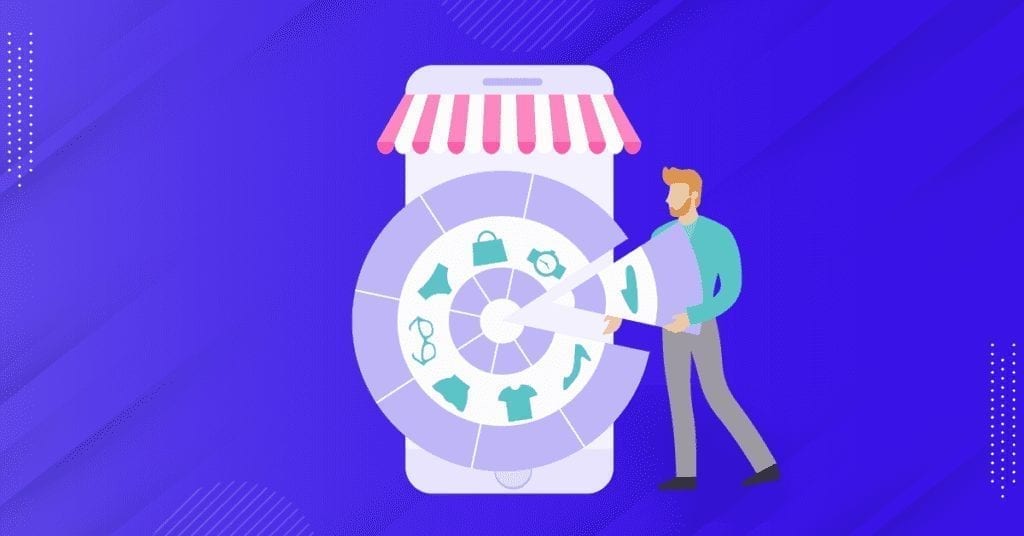
To start the search, check out the trending products. When you do so, figure out what sells and what people have an interest in buying. Make sure you look at the price points and determine how much you can make from selling these items. After all, if you have to sell many products to make a reasonable profit, you might want to consider other product options.
Some product niches do better in dropshipping models than others. For example, fitness, electronics, and fashion are all good options to consider. There are many products within each of these niches, which results in greater bandwidth for your sales capabilities.
You can check out trending products by researching Google Trends and noting popular keywords to see which ones get used the most. All these things will help you to pinpoint the best product niche, and you can tailor your product choices from there.
Find and Choose A Drop Ship Supplier
Once you know what you’re going to sell, you have to find a drop ship supplier that offers these items. You can use Shopify to help you find dropshipping suppliers to help you achieve your ecommerce sales goals.
Spocket is another helpful product marketplace that allows you to specify your product wish list and find a dropshipper that offers these items.
When you have your list of potential dropshipping partners, consider product availability, company reviews, customer service, shipping locations, and cost to help you make the final decision. And look carefully into your dropshipping supplier options as this is a vital piece of the puzzle, and you want to choose the best dropshipper of the bunch.
Exploring Dropshipping Apps
To help you find products and build your inventory list, dropshipping apps are the way to go. These essential apps will help you search for dropshipping providers, peruse their product selection, and choose the items that will make your ecommerce store a popular destination for online shoppers.
Spocket
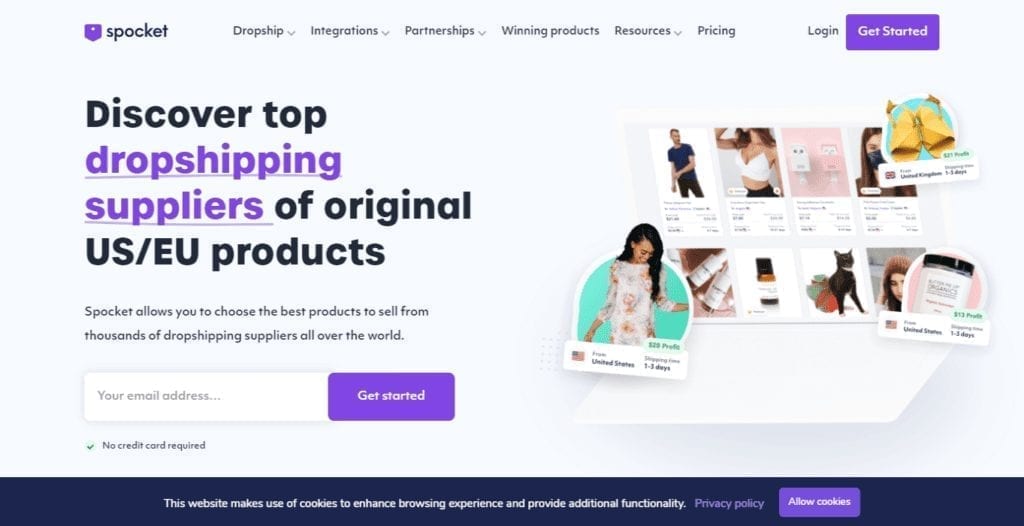
Spocket is a dropshipping app that helps you every step of sourcing products and choosing inventory that sells. With Spocket, you can connect with the U.S. and European dropshipping suppliers and choose their high-quality inventory to add to your store.
Getting started with Spocket is easy. You add the Spocket app to your Shopify dropshipping store, check out the catalog, choose your desired products, and add them to your site. Spocket offers three different pricing tiers, and you can choose the one that fits your needs and budget.
AliDropship
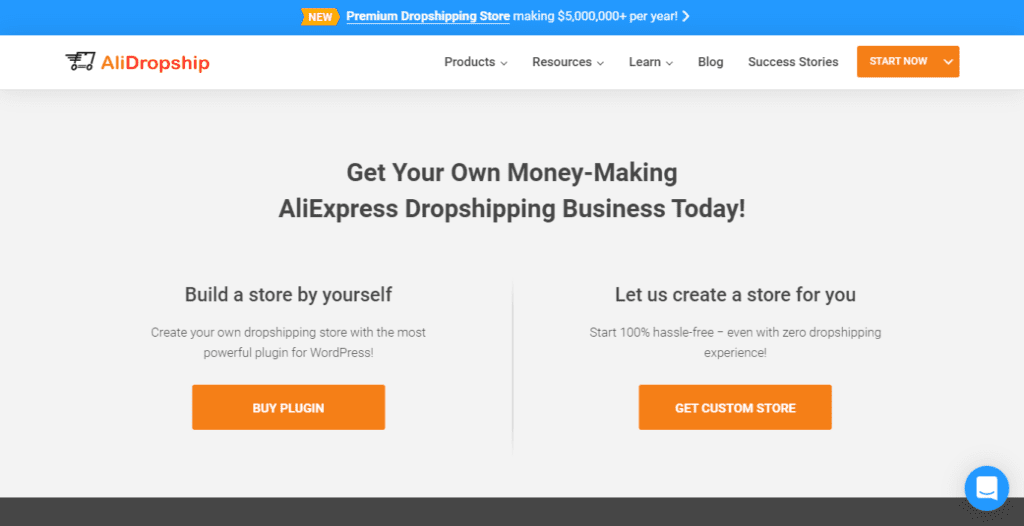
AliDropship is another dropshipping app to explore when building your website’s product catalog. This app is a WordPress plugin that connects ecommerce business owners with AliExpress and their products.
You can use the AliDropship app for your WooCommerce site and source inventory from AliExpress. The app has a one-time fee of $89, which offers lifetime access to the AliDropship app and the AliExpress products.
WooDropship

The WooDropship app is a plugin tool that imports products to your store from AliExpress. It features inventory and price sync components and offers an easy-to-navigate interface, which helps beginner ecommerce store owners.
The WooDropship plugin tool is $14 per month, and includes free hosting and SSL.
Dropified

The Dropified software application makes it easy to choose products for your ecommerce website and get started selling online. This app works with ecommerce stores like WooCommerce, GrooveKart, and CommerceHQ.
Dropified offers two monthly rate plans, the $47/month Dropified Builder plan and the $127/month Dropified Premium plan, so you can choose the one that suits your selling needs best.
Create A Business Plan
Before you set up your online store, you have to create a business plan. This business roadmap can help you through every step of the process.
The business plan will cover everything from who your target audience is to how you’ll reach potential customers and more. It should also cover essential details such as profitability, expenses, and who your competitors are in your product niche.
Your plan doesn’t have to be long, but it should contain all of the essential components needed to get a startup ecommerce business off the ground. When you have a detailed plan in place, you’ll know where you want your business to go, and how to get there.
Set Up an Online Store
So, now you have your products selected, your dropshipping app research complete, and a business plan created and ready to roll out. The next step is to set up your online store.
If you’re looking for an easy-to-use and efficient all-in-one ecommerce platform for selling online, Shopify is an excellent option to consider. Your Shopify site is where customers can go to view and purchase products and this ecommerce platform makes processing payments easy as can be.
Once you set up your online store, you’re ready to welcome online shoppers who will buy the products you sell and help you earn a profit.
However, your work doesn’t stop there. You have to market your online store and entice individuals to shop on your website instead of visiting the sites of your competitors.
Marketing Your Dropshipping Store
Marketing is crucial, and fortunately, there are plenty of ways to do so with your dropshipping store. From social media posts to blog articles, you can create content that will draw customers to your website and turn visitors into actual buyers.
But you have to make sure you use a variety of marketing means to do so. And you have to continually market your dropshipping store, not just create an article or social media post once or twice and think that tons of sales will continue to flow. Continuity is key.
Use Facebook Ads and Instagram
Facebook Ads and Instagram posts will help get the word out on your ecommerce business. Use Facebook Ads to target the audience that would want to buy your products. With Instagram, create eye-catching posts with hashtags to draw people to your online store. Organic Facebook marketing can also work.
Content Marketing
Content marketing is another foolproof way to let online shoppers know about your ecommerce store. Use blog articles on your website and share these articles on your social media pages. You can also become a guest author on reputable ecommerce sites to help get your company name out there by offering helpful advice.
Dropshipping FAQs
At this point, you know how to start your ecommerce business by using the dropshipping method. But, you still might have some specific questions as you embark on your journey to ecommerce success. Our FAQs section can help you along the way by answering some of the questions ecommerce site owners might have when it comes to dropship selling.
There are many successful drop shippers out there. From dropshipping companies that offer a few product niches to ones that hold it steady on one winning niche, success stories exist. Some of the successful drop shippers include Wayfair, Notebook Therapy, and Blue Crate.
It doesn’t take a fortune to start dropshipping. At the very minimum, you can start your dropshipping business for the amount of money it takes to power your ecommerce platform and use a dropshipping supplier. This total cost might be less than $100 a month, depending on the platform provider and dropshipping company you choose.
You can decide whether you want to go with a basic subscription for your ecommerce site and dropshipping supplier or spend a bit more to gain greater access to dropshipping sales tools.
To market a dropshipping business, you should start with at least $100-$500 for ads to test the product demand.
Yes, you can lose money on dropshipping simply because you can lose money on any type of sales you get involved in. However, the amount of money you could lose by dropshipping is low compared to other types of sales methods.
The money you can lose from dropshipping includes the monthly payments on your ecommerce platform and dropshipping supplier. You might also lose money spent on marketing your website. The bright side is that you won’t lose the money on any inventory purchased, warehouse fees, packaging material, etc.
Yes. Dropshipping can be a profitable business if you know how to do it right. It’s not going to earn you huge profit gains in the very beginning, but the more you sell and the more you market your online site, the higher the profits will become.
Is an ecommerce dropshipping Business Right For You?
Now that you know all about dropshipping, if this sounds like the right ecommerce sales process for you, get the ball rolling. Follow the steps above to get your online site created and start selling your ecommerce shop items.

If you need more time to figure out if this is the right sales route for you, consider the following questions:
- What do I want to sell?
- How much money do I have to invest in an ecommerce business?
- Is dropshipping the right third party option for me?
- Do I want to make a large profit as soon as possible, or am I okay with gradually earning profits as I go?
- What else should I learn before I get started?
- Do I have a business plan drawn up?
- Do I want others to handle the main ecommerce tasks or handle storing, packing, and shipping on my own in addition to customer orders?
By considering these questions, you can narrow down your sales options and determine if dropshipping is the route you want to take or if you’re going to venture into online sales by handling the job duties all on your own.
Whichever ecommerce business model you choose, whether it’s dropshipping or some other sales option, make sure you dedicate yourself to making your business the best it can be!


0 comments